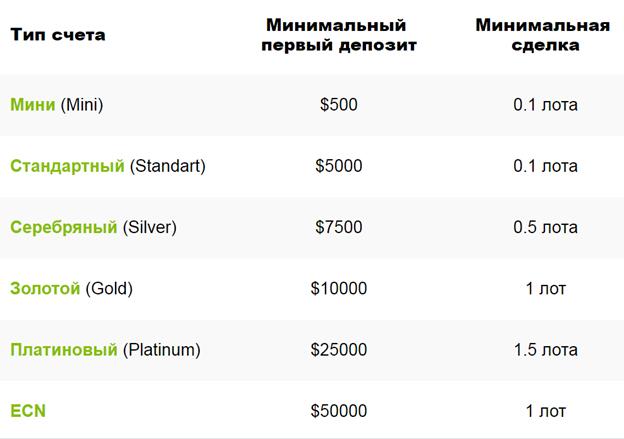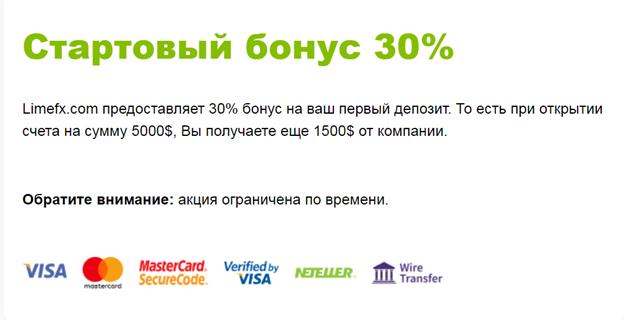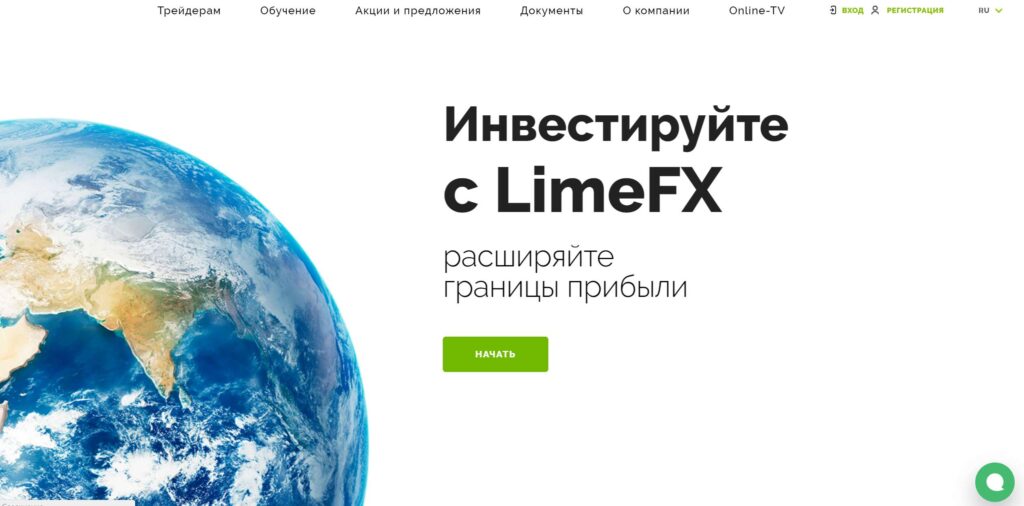
And then there would be the forked chain with a new token called ETHPOW or ETHW. This is because The Merge is only a change in the consensus mechanism from Proof-of-Work to Proof-of-Stake. Only an expansion of the Ethereum network capacity and throughput would lower the gas fees.
While miners need to solve a complicated problem by spending a lot of computing power, the system quickly confirms the solution using effectively none. So, miners’ computing power ensures the validity of a transaction. The Merge was not expected to reduce gas fees in any meaningful way. However, once Ethereum Sharding is implemented, lower gas fees and cheaper and quicker transactions are expected to follow.
The Ethereum network Shanghai upgrade is expected to be in March 2023. Those who have staked their ETH cannot stop staking until the Shanghai hard fork, which is expected in the second half of 2023. Ethereum developers believe that transitioning to Proof-of-Stake will result in a 10% increase in block production. However, users are unlikely to be able to notice this slight improvement. The 32 ETH staked for the validator node is designed as an insurance that the validator node is operational and online at all times. Penalties will be given if the node is offline, and small amounts of ETH will be deducted over time.
Coupled with news of crypto enthusiast Elon Musk’s takeover of Twitter, the token started a rally that culminated in a high of $1,652.38 on 29 October. By 2 November 2022, though, it had dropped back down to a low of $1,507.24. It hovered around this point for the next few weeks before a market upturn saw it worth about $1,325 as of the time of writing on 9 January 2023. As a result of the ensuing market turmoil, the token dropped more than 30% from a high of $1,574.80 on 8 November to a low of $1,083.29 the following day. By the afternoon of 10 November, though, it had recovered by more than 20% to $1,341.79.
How To Invest In Ethereum (And Is It Too Late)
Since the Shanghai Upgrade on 12th April 2023, over 107K $ETH has been deposited in the contract address. There are currently 568,291 validators and a Participation Rate of over 99%. The Participation Rate is a measure of ETH2’s network health as it shows the number of validators actively participating in the consensus mechanism. A good rate would be always above 80-90% to ensure the security of the chain.
It’s an innovative new field within blockchain technology and it allows users to conduct financial functions without using a centralized 3rd party like a bank or cryptocurrency exchange. This was the whole point of Bitcoin but BTC just doesn’t have the functionality to facilitate many kinds of financial tools like lending, borrowing, staking and more. Ethereum 2.0 uses the Proof of stake consensus method; validators are used instead of miners to verify and authenticate a transaction. The validators are given a specific time in which they need to validate the transactions or cryptos.
The purpose of this is to enable more affordable layer-2 blockchains, reduce the cost of rollups, and make it easier for users to operate nodes to secure the network. Once the surge is completed, the Ethereum network is expected to be able to process transactions faster. Ethereum could process up to 100,000 transactions a second once sharding is completed. This is much faster than traditional payment systems such as Visa which can handle around 1,667 transactions per second. Sharding will increase the amount of available block space similar to how layer 2 solutions are increasing the available block space by rolling up transactions (see Lightning Network).
Latest Cryptocurrency news
There are currently no plans for an airdrop of new tokens for ETH holders after the launch of Ethereum 2.0. So far, Vitalik Buterin and the Ethereum Foundation have expressed that they are firmly against any forked ETH tokens. Therefore, any websites or social media accounts purporting to airdrop Ethereum tokens are most crypto trading bot likely a scam. As of now, Ethereum options open interest stands at $6.6 billion—higher than Bitcoin’s for the first time in history, which stands at $4.8 billion. As the report notes, the Bitcoin derivatives markets currently show little directional bias. However, the network will still operate the same to its end users.
Multiple blockchains in Ethereum 2.0 are often referred to as shards. The sharding process enables the entire network to work as a solitary validator to handle the entire workload as a single entity or process. There are various validators, and each validator has to maintain their shard that keeps track of information. Unlike blocks in the blockchain, the validators are mixed up to prevent alteration or manipulation of data.
If you are storing your ETH on a cold storage wallet (like a Ledger), you’ll need to transfer the ETH back to an exchange to sell. You can use a centralized exchange like Coinbase or Binance, or a decentralized exchange like Sushiswap. It uses the same underlying technology principles, but uses them to facilitate monetary transactions. Because of its unique abilities, Ethereum has attracted all types of attention – from finance, to real estate, to investors, software developers, hardware manufacturers, and more. But we do have to make money to pay our team and keep this website running!
After shifting from proof of work to proof of stake, the energy consumption on the Ethereum network was reduced by 99.95%. This indicates that staking is vastly more efficient than mining. There is no doubt that Ethereum 2.0 was the most significant change yet for the network. It set the stage for a future where Ethereum can comfortably handle applications in various verticals and makes it more accessible to the public. The Merge occurred on Sep. 15, 2022, and ETH’s price wasn’t affected significantly, considering prices had already fallen across the market. The changes came under the moniker “Ethereum 2.0,” an all-encompassing term that described Ethereum’s next evolution into a better-performing, more accessible network.
- In proof of work, miners can be pinpointed on a map based on high energy usage.
- If you’re a bigger organization, the calculus is that if we join, it will not only be full, but we will be competing with everyone for transaction space.
- The Berlin upgrade was launched on 15th April 2021 and optimized gas costs for some EVM actions and increased support for several transaction types.
- With less power being used and easier hardware requirements, economies of scale are a smaller factor.
Given that Ethereum still accounts for more than 50% of the decentralized finance market, lower transaction fees on this network will make DeFi more accessible to a wider audience. Ethereum showed impressive growth this year and it’s not slowing down so far. The network’s APY (annual percentage yield) now is much larger than it’s expected to be in the future. By being among the new staking programs’ first participants, you get a headstart on your staking process and jump on the bandwagon of future rewards. The process of setting up a validator node requires technical expertise, a stable Internet connection, and strict compliance with network rules. For violating requirements, you risk penalties and losing your stake.
Preparing for The Merge
Ethereum 2.0 is not a new network, it is an upcoming set of updates to Ethereum that will make it much faster and cheaper, as well as will improve its scaling capabilities. CCRI says that Ethereum’s power consumption dropped by more than 99.988%, from nearly 23 million megawatt hours per year to just over 2,600. So, Phase 0 lays the groundwork for the implementation of Ethereum 2.0 — however, it’s only a basic technical implementation. To improve the design and communication of shard chains, the update roadmap moves onto stage one, also known as Shard Chains. The documentation refers to this phase as a “trial run for shards”. By the end of the stage, the beacon nodes are live in mainnet and testnet.
This turned out to be a case of “buy the rumor, sell the news” — the price of Ethereum increased briefly over the summer but began to slide as we got closer to The Merge. The big returns investors had hoped for never materialized, and Ethereum is now up less than 5% since the day of The Merge. Ethereum’s 2.0 upgrades promise to create the positive results they have set out to achieve. Cryptocurrency remains in a bear market for the time being, but there could be significant future relevancy for Ethereum if its final plans come to life. The blockchain data collected since Ethereum’s inception remained separate on the Ethereum Mainnet. The Merge brought the two together to create one mechanism dedicated to the PoS consensus.
Therefore, anyone with a regular phone or laptop will be able to contribute to securing the network. The Ethereum Foundation is taking its time to make sure the network is as secure as possible. This reason explains a bulk of why the release date has been pushed back so much as developers want to make sure the network is safe from malicious attacks and that the code is consolidated. Staking allows you to earn between 6% to 8% annual interest on Ethereum.
The result will be a better, faster, and more secure ETH, with a goal of having cheaper fees, faster transactions, and staking. The staking mechanism Ethereum replaces the proof-of-work model where cryptocurrency miners use high-powered computers to complete complex mathematical functions known as hashes. The mining process requires an ever-increasing amount of electricity to verify Ethereum transactions before they are recorded on the public blockchain.
The native Ethereum ETH token is the second digital asset by capitalization in the cryptocurrency market. At the end of November 2022, the total value of all ETH coins exceeded $155 billion. I’m bullish on Ethereum for the long term, but it’s important to pump the brakes a bit when it comes to getting too excited about this next tech upgrade.
Coin Prices
The selected holder (validator) is then trusted with the responsibility to hash the new block. As mentioned earlier, Ethereum hosts a massive number of DApps and DeFi services. According to the data collected from different sources, Ethereum is home to almost 80% of the total DeFi apps, and about 90% of all the NFTs are part of its ecosystem. Such activity leads to huge traffic and thousands of transactions happening all the time.
Ethereum beacon chain experiences inactivity leak – Protos
Ethereum beacon chain experiences inactivity leak.
Posted: Mon, 15 May 2023 16:06:20 GMT [source]
The main reason to switch to Ethereum 2.0 is to reduce fees and increase transaction speed, which will benefit the network users. The current high fees and low transaction speed are a consequence of Ethereum’s scalability problem. Right now, the Ethereum network can only support about 15 transactions per second. Low scalability and costly financial transactions remain the Achilles’ heel of the Ethereum network, despite all its advantages.
However, you will need to stake at least 32 ETH, and if your node suffers downtime your ETH will be partially deducted as penalties. Also, your staked ETH cannot be unstaked until after the Ethereum Shanghai Upgrade. With substantially less energy and less expensive hardware, stakers will not require as much ETH to be incentivized to participate in securing the network. This combined with the ETH being burned since EIP-1559 can make the Ethereum asset deflationary. Ethereum’s transition to proof of stake will bring numerous benefits, including improved efficiency, scalability, and security, as well as reduced centralization. If a user starts buying out a suspicious amount of tokens, such an increase in demand will cause ETH value to rise.
Forecasts should not be used as a substitute for your own research. Remember that your decision to trade or invest should depend on your risk tolerance, expertise in the market, portfolio size and investment goals. LongForecast’s ethereum 2.0 crypto price prediction for 2023 was bearish, and saw ETH closing the year at $795. Its ethereum 2.0 price prediction for 2025, however, suggested the token could trade at $2,247 by the end of the year.
So decreased gas fees are on the horizon but maybe still a couple years down the road. Economic penalties for misbehavior in the form of “slashing” make it exponentially more costly for bad actors to attempt attacks as compared to proof of work. Attackers can actually be removed from the pool of stakers and only be reinstated after a few weeks. This unlocks new ways to scale with the building blocks in place for sharding. With the Beacon Chain coordinating between all the validators, it is a small adjustment to start coordinating consensus on multiple shards of the network.
That level of scalability required for the vast amount of applications developers project will be using the chain will be achieved through another update to the blockchain. It will use “Proto-Dnaksharding” and “Danksharding,” which is going to replace rollups with “blobs” and distributed data sampling. Rollups take transactions off the chain and where they are checked, but it is costly in terms of processing by nodes because they are permanently recorded on the blockchain. This would bloat the blockchain, slowing the network or causing node operators to need much more powerful equipment. Blobs will not remain on the blockchain indefinitely, removing the bloat that could occur.
Democratizing The Internet: How Ethereum Enables The … – Blockchain Magazine
Democratizing The Internet: How Ethereum Enables The ….
Posted: Tue, 16 May 2023 16:21:17 GMT [source]
The price of ETH initially stagnated following 15 September’s change because, despite the hype around what some people called ‘Ethereum 2.0’, it was still the same old ether. To give you a better idea, think of the older Ethereum blockchain as a very busy highway with just one lane. But after the recent upgrade, 63 new lanes have been added to this highway. This has not only made the traffic flow smoother but has also increased the speed with which it can move.
Hence, its launch marked the birth of second-generation blockchain technology. Staking is the act of depositing 32 ETH to activate validator software. As a validator you’ll be responsible for storing data, processing transactions, and adding new blocks to the blockchain. This will keep Ethereum secure for everyone and earn you new ETH in the process.


